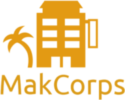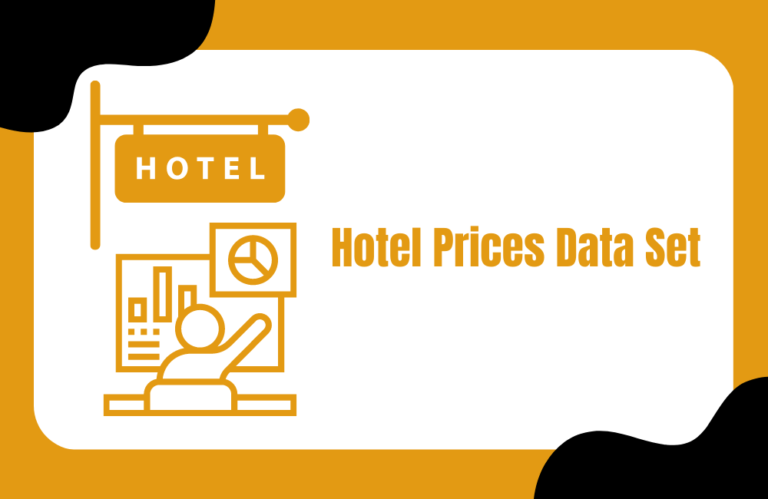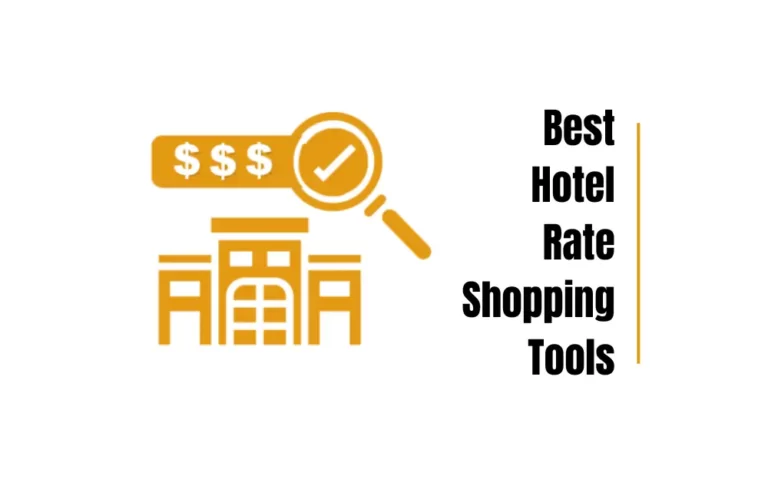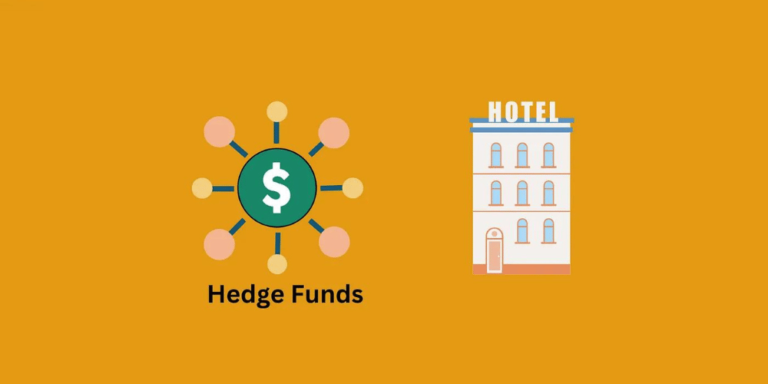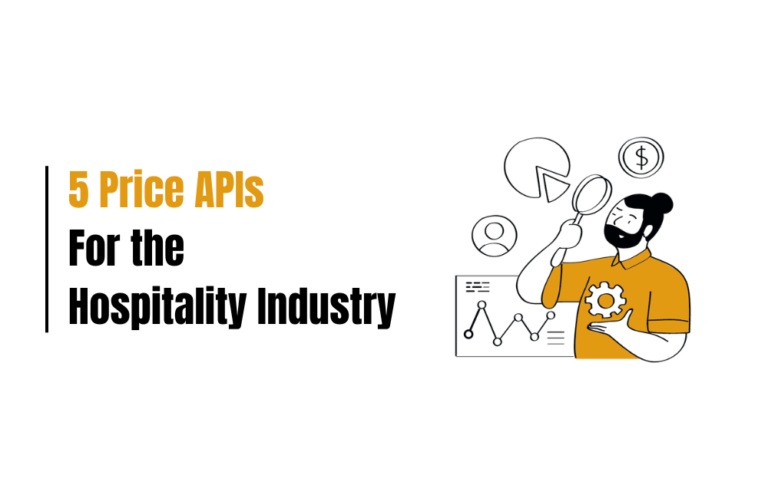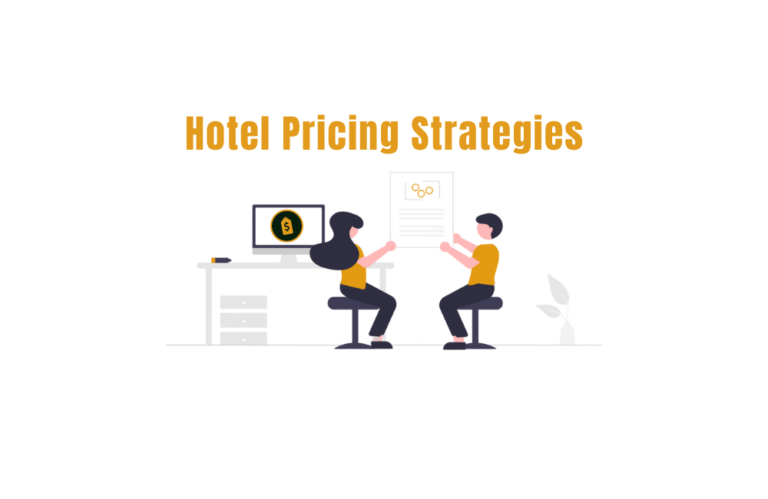How To Boost Your Hotel Profit By Aligning Marketing And Revenue Management
Marketing and revenue management shouldn’t be working in isolation.
Yet in many hotels, that’s exactly what’s happening.
One team is focused on brand awareness and bookings. The other is buried in numbers and price strategy.
No overlap. No shared goals. No communication.
And that’s a huge missed opportunity.
If you want to generate revenue, these two teams need to work together. Simple as that.
In this post, we’ll show you how to align your marketing and revenue strategies to boost your hotel’s profit. No fluff. No theory. Just what works.
Let’s get into it.
1. Understand the Disconnect
Before you fix anything, you’ve got to understand what’s actually broken.
Here’s the real issue: marketing and revenue teams are working under the same roof, but chasing different goals.
They should be aligned on one mission: growing the hotel’s total revenue. But instead, marketing is focused on generating leads and visibility, while revenue management is focused on room rates and margins.
This divide creates real problems.
Here’s what challenges arise when they work separately:
- Conflicting Strategies
The marketing team can launch a campaign aimed at families or budget travelers without knowing that revenue management is pushing premium pricing. So, you get offers that don’t match price points. Result? Confused customers. Missed bookings. - Disjointed Goals
Marketing gets excited when their campaigns generate clicks and leads. But leads alone don’t mean profits. Revenue managers are the ones who know whether those leads turn into money or just fill rooms with no margins. - Budget Confusion
Marketing often needs quick updates to pricing or promotions to stay competitive. But if revenue sees it as a low priority? The response can take forever. That delay can kill the momentum of a good campaign. - Profit Gets Lost in the Shuffle
Campaigns might look successful on paper with clicks, engagement, and sales. But if they’re misaligned with pricing strategy, the business might be losing money instead of gaining. Marketing doesn’t always see the full picture. The revenue team does.
Lost Opportunities Due to Siloed Decision-Making
- Overlooking High-Demand Periods
Revenue managers have insight into when demand is going to spike, such as on holidays, events, or seasonal trends. But if marketing doesn’t have that data, they can’t build effective campaigns around it. And worse, competitors jump in first and take your share. - Ineffective Promotions
The marketing team might roll out a flashy deal to drive bookings. But without input from revenue, the pricing might be completely off. Because it’s not only about driving more bookings, but also the revenue. Too cheap pricing and irresistible offers can fill the rooms but hotels can lose a great margin. - Poor Forecasting
Hotel Revenue management relies on accurate demand predictions. So does marketing. But when they don’t work together, both sides guess. It leads to underbooked low seasons or packed weekends with no rate strategy. It’s a lose-lose. You either run out of rooms or run out of profits
Now you’ve seen the challenges and the missed opportunities. It’s clear. If marketing and revenue teams want to drive real growth, they can’t operate alone. They need to work together. That’s how you unlock profitability.
2. The New Revenue Mindset
Marketing teams know what they want, such as more bookings, more leads, and more visibility.
On the other hand, revenue teams want strong numbers such as better rates, higher occupancy, and solid RevPAR.
But here’s the problem: both are chasing growth using different metrics. And most of the time, they’re both stuck on RevPAR.
RevPAR only tells part of the story. It shows how much revenue you’re pulling in per room. But it doesn’t show what it costs to get that revenue.
You can have a high RevPAR and still be losing money. That’s the trap.
It’s why we need a shift from chasing revenue to tracking profit.
The KPIs That Actually Matter Now
Net RevPAR: This is RevPAR after cutting out third-party costs like OTA commissions. It shows what you keep.
GOPPAR (Gross Operating Profit Per Available Room): This one looks at profit after operating costs. It’s a clearer picture of how your hotel’s doing.
CPA (Cost Per Acquisition): This metric shows how much you are spending to get each booking? If it’s too high, you’re burning profit before the guest even checks in.
And here’s where it all comes together. Marketing controls demand. Revenue controls pricing.
If they’re not in sync, you’re in trouble.
Marketing might push a promo to fill weekend rooms, but if the revenue team hasn’t adjusted rates for that push, the campaign can fall flat, or worse, you fill the rooms but lose money on every stay.
Or maybe marketing spends big to drive traffic, CPA shoots up, and revenue doesn’t flag it because they’re too focused on RevPAR.
This is why both teams need to focus on the same KPIs—the ones that impact profit.
3. Leverage the Power of Price Intelligence in Revenue Strategy
Price is the backbone of hotel performance. It’s the one factor that directly controls both sales and profit. And it’s also where most hotels go wrong.
Why? Because pricing has to be competitive. Travelers compare rates across OTAs, brand websites, and deal platforms in real time. If your pricing isn’t right, you lose the bookings. If your discount is too deep, you lose the margin.
Price intelligence solves that.
It’s about knowing what others are charging, where you stand, and how to price smarter. Too many hotels still guess. Or rely on outdated data. That’s not going to work anymore.
Rate shopping tools can help you implement pricing strategies that work. They collect live pricing data across your competitors and distribution channels. So instead of guessing, you’re reacting to the market in real time.
Why Use Makcorps for Rate Shopping?
MakCorps is a strong option if you’re looking for hotel rate shopping that goes deep. Their Hotel Price API pulls real-time pricing from over 200 OTAs. It’s developer-friendly, but non-tech users can still easily feed data into Google Sheets.
Want to try it? Here’s a full step-by-step:
👉 How to Extract Hotel Prices Using Google Sheets API
This gives you the insights you need to stay ahead of competitors without overspending or underselling.
Solve Rate Parity Issues with Price Intelligence:
With the price intelligence tool, you can see where your prices are mismatched across OTAs and your site, and correct them before they confuse or frustrate potential guests.
Reduce OTA undercutting that kills direct bookings: – You can catch channels offering lower rates than your brand site. This helps you protect your direct business and avoid losing guests to third-party platforms.
Keep pricing consistent across your brand site and OTAs: Uniform pricing builds trust. Guests feel confident booking directly when they know they’re getting the same rate.
4. Predictive Demand Intelligence

Predictive demand intelligence connects marketing strategy with revenue performance. It gives both teams the same view of what’s coming.
Predictive demand intelligence reads signals from real-time search behavior, like flight searches, OTA lookups, event activity, and even short-term rental trends.
Many demand intelligence tools monitor billions of search data points and convert them into real-time demand signals.
And, helps you see:
- Which markets are showing booking interest
- What types of travelers are searching
- When and where demand is starting to spike
Marketing teams can use this to target the right source markets at the right time. And, revenue managers can use it to adjust pricing before the rush hits.
This kind of forward-looking data will help your marketing team to launch the right campaign and the right time and avoid missed opportunities when demand is there. This also helps avoid missed opportunities during hidden demand spikes.
5. Tactical Collaboration

For hotels, collaboration between marketing and revenue teams is not optional—it’s critical. Tactical alignment drives both profit and performance.
Here’s how it works:
Pricing and Promotions: Promotional offers should always support revenue goals. That means avoiding flat discounts that may fill rooms but damage margins. Instead, teams should work together to build value-added packages that deliver more to the guest while keeping pricing strong, like free breakfast, late checkout, or parking. It’s also critical to time promotions based on length of stay (LOS) patterns and booking windows. For example, if demand picks up late, there’s no need to offer early-bird deals. This only works when marketing and revenue collaborate early, using the same demand signals and rate strategies.
Marketing Spend Optimization: Ad budgets should follow demand, not gut feelings. Revenue managers can share booking intent and market data that helps guide where ad spend will perform best. On the marketing side, using micro-segmentation allows campaigns to focus on high-value guest segments rather than broad targeting. Plus, by tapping into existing guest data from PMS and RMS systems, marketing can run effective retargeting campaigns that reach the right people at the right time. This precision cuts waste and boosts return on every dollar spent.
6. Unified Tools and Processes
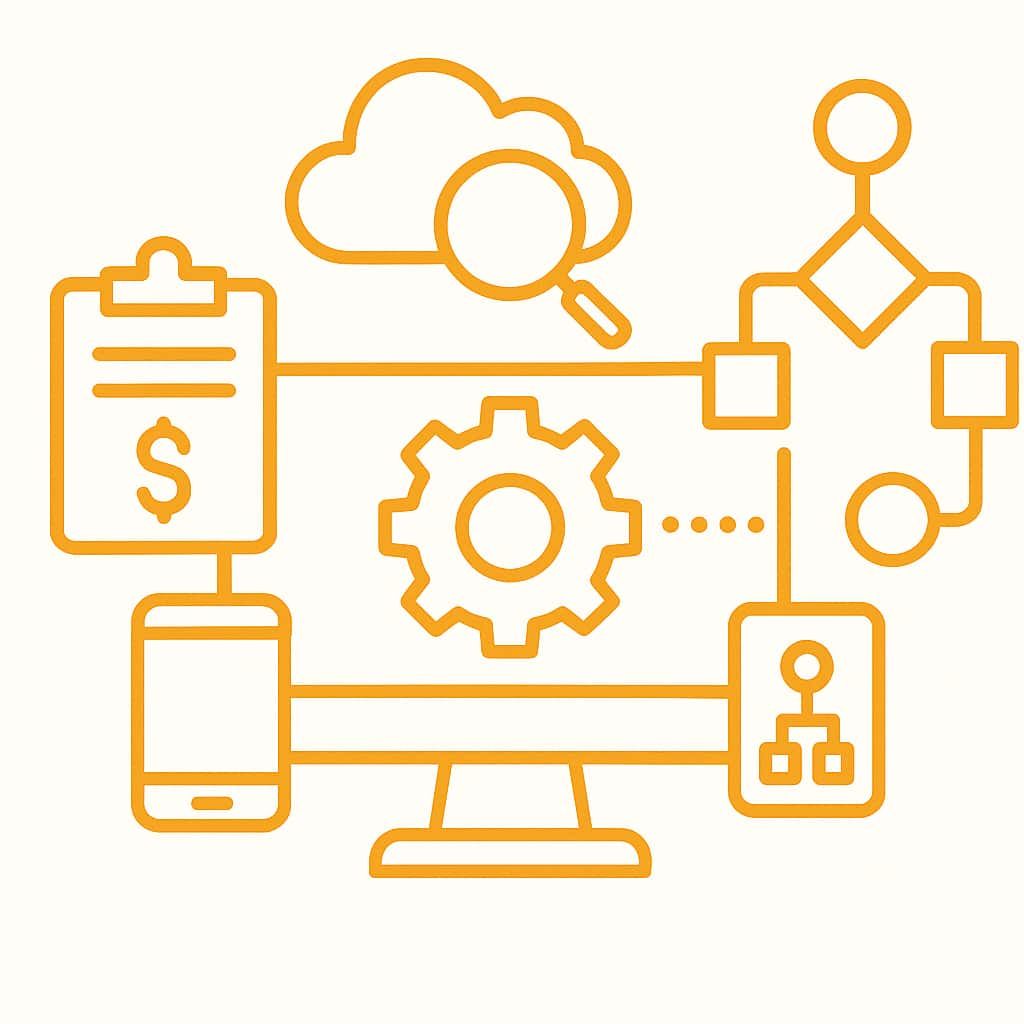
For marketing and revenue teams to stay aligned, they need to work off the same data. That starts with using a shared Business Intelligence platform—a single place where both teams can access key insights like demand trends, booking behavior, and rate performance. When everyone’s pulling from the same source, decisions are faster and more accurate.
Price intelligence tools should be part of that hub. These tools help to track competitor rates, OTA pricing, and market shifts in real time. For hotels, this is the core of smart pricing. Knowing how your prices stack up and adjusting based on live market conditions. When revenue teams use that data to guide pricing, and marketing uses it to build targeted campaigns, you get consistent, profitable results.
Regular strategy check-ins between both teams, weekly or monthly, ensure quick reactions to changing demand. Shared dashboards showing KPIs like Net RevPAR, CPA, booking pace, and rate parity help both sides stay aligned on what matters: PROFIT.
Conclusion:
Aligning your marketing and revenue management is not just a smart move but an essential one if you want to drive real profit. When both teams share goals, data, and tools, you stop guessing and start making decisions that grow your business.
From smarter pricing with real-time hotel price intelligence to demand-driven promotions and targeted marketing spend, every strategy becomes stronger when it’s built together.
Now is the time to break down SILOS, sync your strategies, and start optimizing for profit, not just for bookings.
